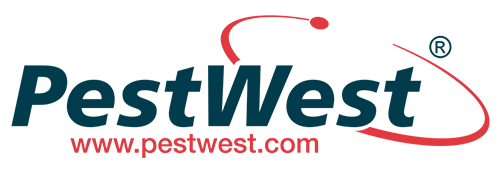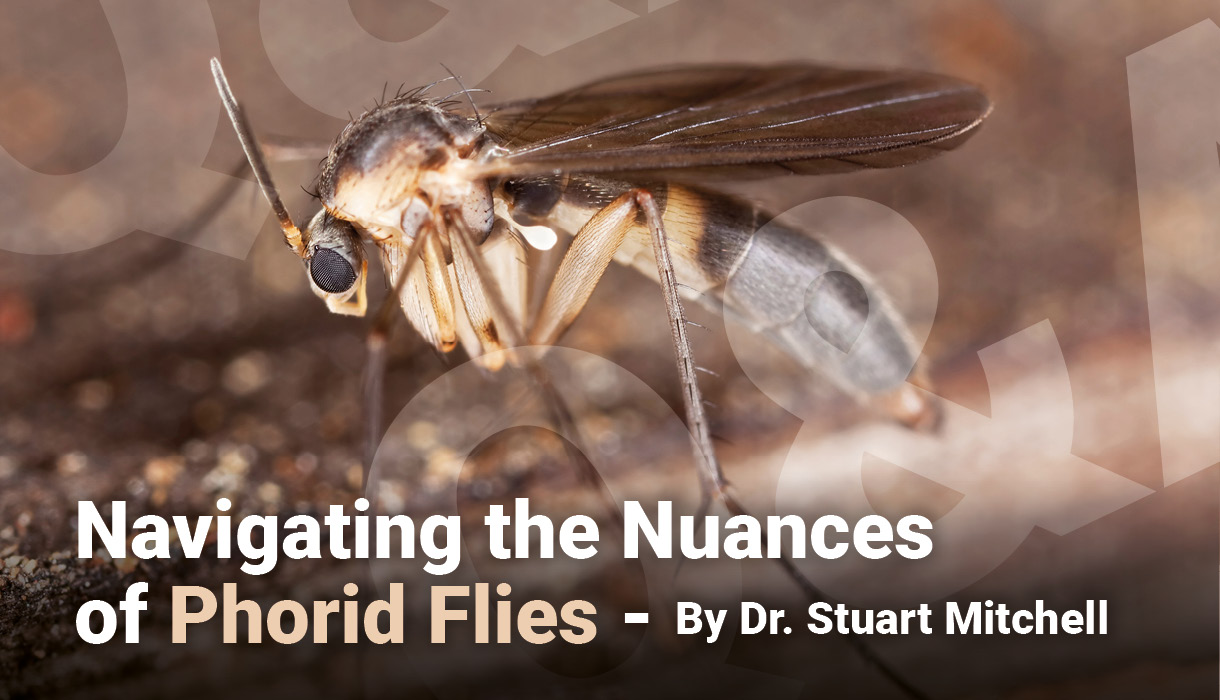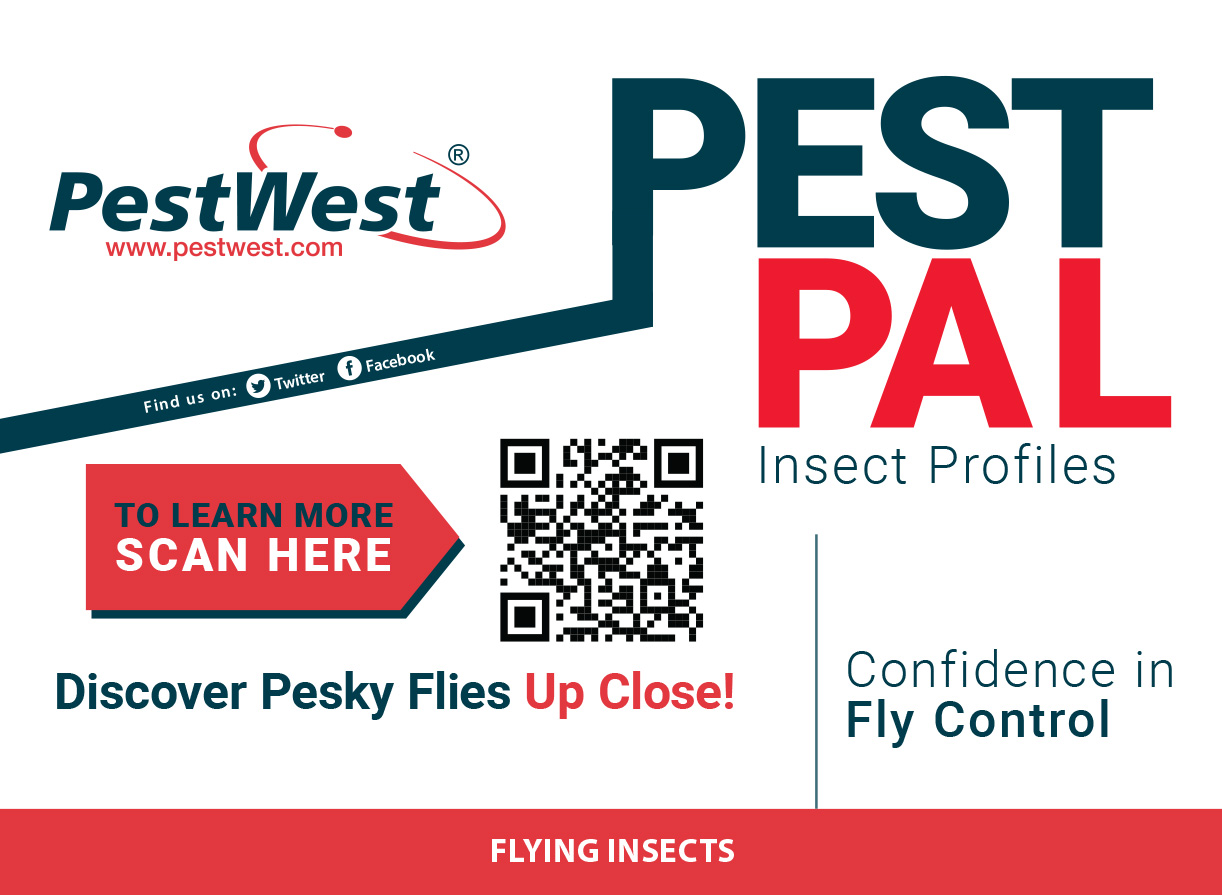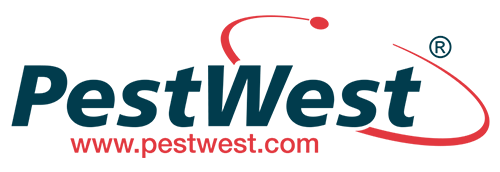When dealing with Phorid flies, numerous questions arise regarding their behavior, danger to health, and control. From a sickening sewer to your tasty pastry, Phorid flies readily transfer filth to food. To navigate the nuances of these filthy flies, let’s address a few common questions.
What is a Phorid fly?
Phorid fly, belonging to the Genus Megaselia, is rapidly increasing in significance as an indoor pesky fly. Adult Phorid flies are up to ¼” long and dark brown, tan in coloration.
Interestingly, from a side view of an adult Phorid fly, the thorax or middle section appears humpbacked. The upper legs or femur sections are distinctly large.
The female Phorid fly is larger than the male, so the two compound eyes appear to be spaced apart. The male fly has compound eyes that appear to be touching.
How long do Phorid flies live?
With favorable conditions, Phorid flies develop from egg to adult in about 14 days. Adult flies have a short life of about 25 days.
Do Phorid flies bite?
Phorid flies do not bite people. However, their persistent presence is highly annoying!
Are Phorid flies dangerous?
While not dangerous in the conventional sense (bites or stings), Phorid flies can transfer filth and pathogens to food causing foodborne illnesses. There is also possibility of myiasis (an infection of fly larvae or maggots).
Where do Phorid flies come from?
Phorid flies are generally abundant in urban environments. In urban environments with decaying infrastructure, Phorid flies thrive in locations like failing sanitary sewer and septic systems. Additionally, mausoleums, elevator pits, and any area replete with decaying organic matter (garbage, feces, and carrion).
Are Phorid flies attracted to light?
Phorid flies exhibit attraction to light. Installing numerous UVA light traps can serve as an effective measure for monitoring and controlling these pesky flies.
How to kill Phorid flies?
- Utilize numerous glue board UVA light traps
- In situations where Phorid fly populations are rampant, use Electronic Fly Killers (EFKs), which provide ample capture capacity
How to kill Phorid flies?
To control Phorid flies, food and reproductive sources must be eliminated. More obvious sources include garbage inside containers, feces, and carrion. Dispose of garbage within puncture and tear resistant trash bags. Ensure that trash containers are sealed and kept clean.
- Conduct routine camera inspections of floor drains, sewer lines and roof vents
- Repair broken sewer lines, remove contaminated soil, and replace with clean soil
- Remove moist, decaying organic matter
- Routinely clean floor drains
- Install walk-by-monitoring devices to detect low-level Phorid fly activity
- Install numerous light traps for both monitoring and reducing populations
- While eliminating plentiful food and reproductive sources, overwhelming Phorid fly populations can be drastically reduced by installing numerous Electronic Fly Killers (EFKs), which can capture large numbers of flies.
Understanding the unhealthy habits of filthy Phorid flies enables targeted action to control their prolific populations. Mitigate the risks through navigating the nuances of Phorid flies. For more Phorid fly facts, connect with PestWest at 941.358.1983 or drop a line at customerservice@pestwest.com.
SCUTTLE / PHORID FLY ID
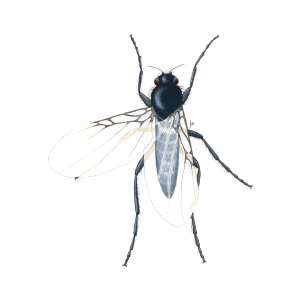
SCUTTLE / PHORID FLY
Megaselia spp.
Features
Thorax dark brown/tan with distinctive humped appearance.
Control
Chameleon® sticky traps and electronic fly killers are extremely effective at attracting and controlling these pests.
Tap the button below to dive into ‘Navigating The Nuances Of Phorid Flies,’ an insightful article on houseflies by our expert, Doc.
More flies IDs
